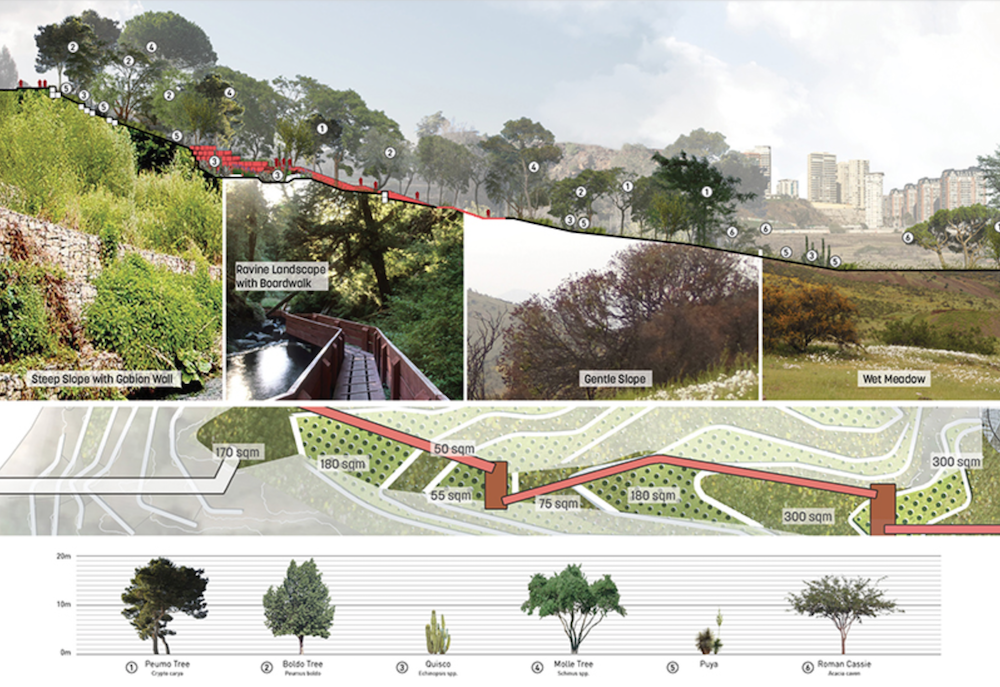Who?
What?
Regenesis is an advisory firm and think tank focusing on regenerative development – an approach committed to land use, community development, and the built environment being a source of health and regeneration.
How?
- They work with the belief that the most important sustainability projects are conceived and executed at the local level, because a particular place is the only scale at which the interface between people and natural systems is immediate and accessible.
- At the beginning of all Regenesis’ projects, a Story of Place is developed by discerning the ecological patterns that gave rise to the local cultural patterns. The aim is to understand how a place works and what it strives to contribute to the world.
- Most of Regenesis’ projects revolve around either catalyst-building, reliable stakeholder investment or fostering collective understanding and mutual commitment.
Outcomes/Example Projects
Rio Sabinal, Mexico: Regenesis was involved in a project to redevelop several miles of the Rio Sabinal. They helped the project team to discover, and the community to (re-)engage with, the longstanding historical, cultural and spiritual significance of the river, and that flooding and water quality needed to be addressed systematically, not just along the river’s banks.
Viña del Mar, Chile: Regenesis was brought into a project developing a brownfield site into a beachfront high-rise building that was facing local resistance. Regenesis researched the local social, ecological, and economic dynamics, and uncovered the causes of the local population’s resentment. Using the “Story of Place” that emerged, the project’s concept was re-imagined in collaboration with the developer and local groups to create a development that would re-knit the community.
“When a place’s essence is articulated clearly and concretely, it becomes possible to design, develop, and plan for the future at an entirely new level.”
Regenerative Principles

Rooted in place/ context
Living systems thrive within a place, and natural ecosystems are open but contained within a context. So for regenerative business, connection to place and community matters. There is no “one size fits all” approach – it’s about working with local and regional ecosystems.

Interconnectivity
Interconnectedness often leads to unexpected non-linear changes because of many different feedback loops in the system. These relationships are the heart of regeneration.

Dynamic
Regenerative systems are Dynamic, as is nature. Change is a given: seasons cause growth, blossoming and decay. Regeneration is not something you can “solve for” once and then ignore. It’s about recognising that change is a constant and developing the capacity to continually adapt.
Design Principles

Learning from Nature
Best illustrated through the concept of biomimicry, ‘mimicking’ nature. Most well known in the world of design and architecture, the core idea behind it is widely applicable. It’s essentially about recognising that nature has a 3.8 billion year headstart on us when it comes to learning how to adapt, survive and thrive, and so we’d be foolish not to see it as a model to learn from and be inspired by. As Janine Benyus, Founder of the Biomimicry Institute puts it: “Life creates the conditions that are conducive to life.”

Circularity
The principle of designing waste out of the system, recovering water, waste materials and energy through production, usage and recreation processes to generate more materials and energy.

Aligning Inner and Outer
A crucial principle is integrity, or alignment of inner and outer. You can’t be regenerative on the outside without also being regenerative on the inside.



